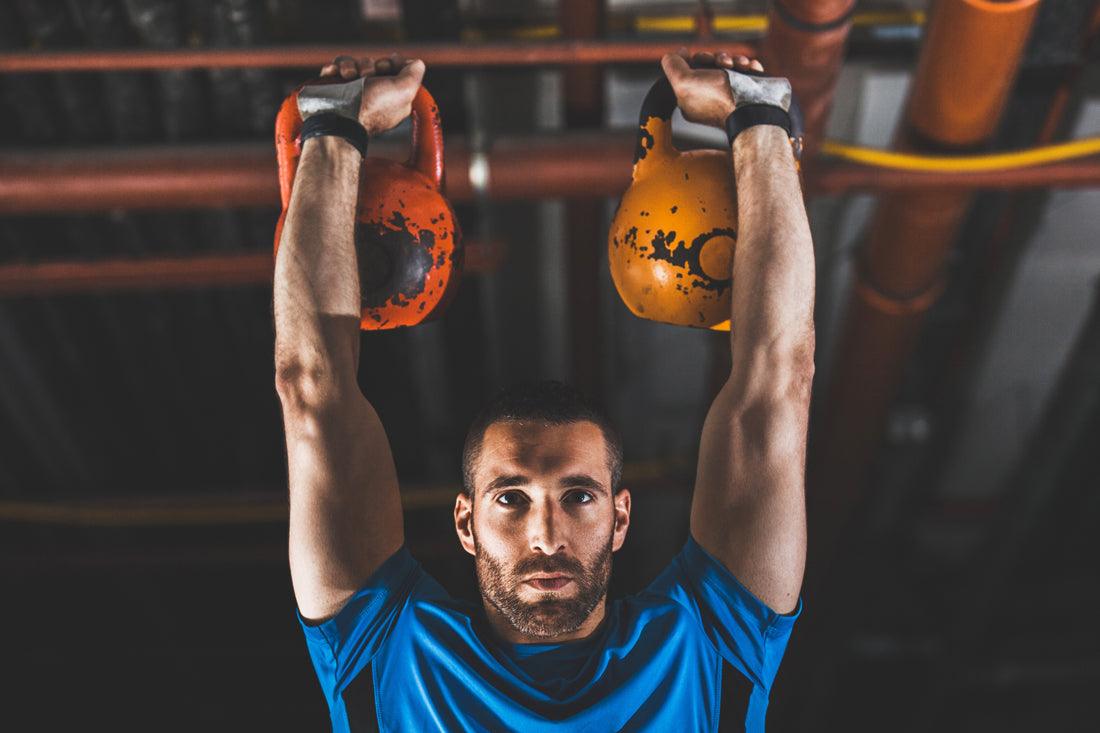

Want to Keep Growing? How to Monitor Overtraining
Table of Contents
Keep Growing: How to Monitor Overtraining
by: Robbie Durand
Most people like to look at all the biggest guys in the gym and think that if they duplicate their exact training routine, then they will make the same gains.
One of the best gurus of bodybuilding was the late Mike Mentzer, who preached that 99% of all bodybuilders were overtraining. Mentzer advocated intense training, but also infrequent training to make sure the athlete was completely recuperated before training again. It is no secret that you have to train hard. Physiologic improvement in sports only occurs during the rest period following hard training. If you don’t get enough rest, your gains will plateau and eventually you will start losing size and strength. Overtraining is the state where an athlete has been repeatedly stressed by training to the point where rest is no longer adequate to allow for recovery.
The most common physiological marker of overtraining is fatigue. Physical symptoms include persistent muscular soreness, decreased appetite and weight loss, increased frequency of viral illnesses, and increased incidence of injuries. University studies examining athletes that are overtraining include decreased performance in exercise testing, decreased mood state, and, in some, increased cortisol levels — the body’s “stress” hormone. A decrease in testosterone, altered immune status, and an increase in muscular breakdown.
One of the most common markers of overtraining in resistance trained men is resting heart rate elevated. The increase in resting heart rate is due to the release of epinephrine and norepinephrine and increased heart rate. One study examined HRV that after an acute session of resistance exercise and exercise intensity for trunk and upper limbs. At the end of the study, there is an increase in sympathetic stimulation and reduced cardiac parasympathetic modulation. These responses are more pronounced in the session with increased intensity. There are a lot of factors that can increase heart rate, but a new technology can monitor overtraining right from your smartphone.
Heart Rate Variability (HRV) monitoring and tracking can help us train our nervous system to find more balance. HRV is the physiological phenomenon of variation in the time interval between heartbeats. Its measured by the variation in the beat-to-beat interval. The main inputs are the sympathetic and the parasympathetic nervous system. Having low or no variability is a sign that the heart is not responding well to physiological changes. Decreased variability is a sign that you’re in more of a sympathetic nervous system state—fight or flight. That’s the state that indicates stress, inflammation, overtraining, and so on. Exercise/movement is important because it naturally improves HRV.
Interestingly, anxiety and psychological stress decrease HRV.
There is a very interesting study just published in the Journal of Strength and Conditioning Research, which examined how HRV monitoring can be a very useful tool for monitoring overtraining.
Researchers evaluated relationships between changes in resting cardiac-autonomic markers derived from a novel smartphone device which measured HRV within the first 3 weeks of a 5-week conditioning program and the eventual change in intermittent running performance at week 5 among 12 collegiate female soccer players. When the researchers calculated the data, there were large correlations found between the changes in HRV from week 1 to week 3 and the change in intermittent running performance from pre to post training. The researchers found that each player had different recovery capabilities despite everyone performing the same exercise routine. At the mid-point of training, the athletes showing reduced or decreased HRV changes likely would have benefited from reduced training loads, recovery modalities or even lifestyle intervention to ensure adequate sleep was being attained and so forth. Specifically, the soccer players who showed an increase in their weekly HRV average and a decrease in their daily fluctuation in scores (measured by the coefficient of variation) were the ones who experienced the greatest improvements recovery.
This study is really interesting in that they showed individual recuperation responses from the players, whereas some players were able to recuperate fully from their training and excelled, other performance deteriorated.
HRV can be useful for those athletes training hard and want to make sure that they are not overtraining. There are several apps that measure HRV right from your phone, so why take a guess if you’re overtraining, you can monitor physiological symptoms of overtraining from your phone with a heart rate variability app.
Flatt AA, Esco MR. Evaluating individual training adaptation with
Smartphone-derived heart rate variability in a collegiate female soccer team. JStrength Cond Res. 2015 Jul 11.
Kingsley JD, Figueroa A. Acute and training effects of resistance exercise on heart rate variability. Clin Physiol Funct Imaging. 2014 Dec 18.
















